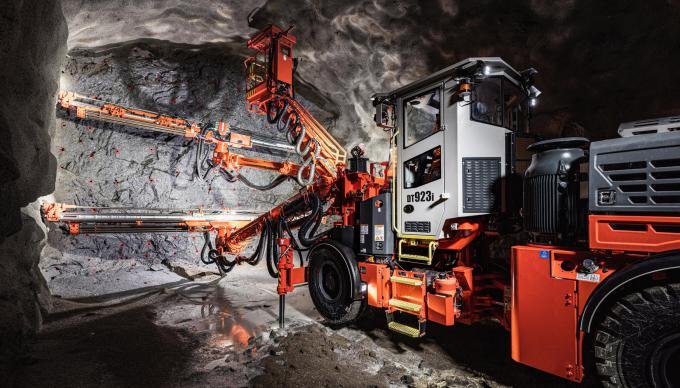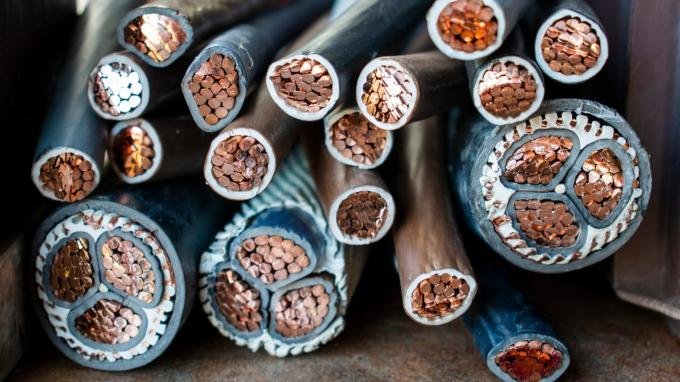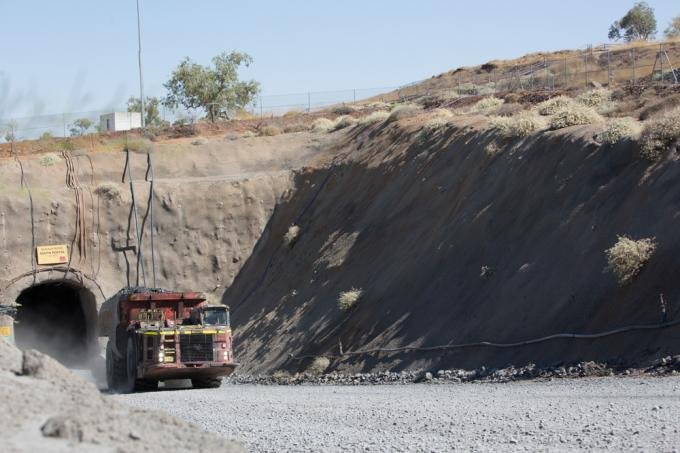

Mining cables are subjected to some of the harshest conditions imaginable. Whether used in underground mines, open-pit operations, or surface mining applications, these cables must endure extreme environmental stresses, such as moisture, abrasion, mechanical impact, and, most importantly, temperature variations.
Two critical terms often associated with mining cables are mobile working temperature and fixed working temperature. These temperatures are essential when choosing the right cable for your mining operation because they directly impact the cable's longevity, safety, and performance.
In this article, we’ll take a deep dive into the meaning of mobile working temperature and fixed working temperature for mining cables. We’ll explore why these temperatures differ, particularly why mobile working temperatures are often lower than those for fixed installations. We'll also discuss how these temperatures affect the performance of mining cables in various real-world scenarios.

The terms mobile working temperature and fixed working temperature refer to the different operating conditions a mining cable faces. Let’s break down each term in detail:
Mobile Working Temperature: This refers to the operating temperature range a cable can safely withstand when it is continuously in motion. Mobile applications include moving machinery, reeling systems, shuttle cars, and conveyor belts. These cables are frequently flexed, coiled, and bent, requiring materials that can endure constant mechanical stress without degrading.
Fixed Working Temperature: This refers to the operating temperature range a cable can withstand when it is installed in a stationary position, where there is little or no movement. Fixed cables are often laid in trays, tunnels, or used for permanent power distribution, where movement is not a concern.
You may wonder why mining cables have a lower mobile working temperature compared to fixed installations. The primary reason lies in the additional mechanical stresses involved in mobile applications. Here are the key factors that influence this difference:
Mining cables used in mobile applications must deal with constant movement, bending, and flexing. This constant mechanical stress increases the internal friction between the cable’s components—its conductor, insulation, and outer sheath.
As a result, heat builds up faster in a cable that is in motion compared to one that is fixed.
A cable in a fixed position can dissipate heat more efficiently, leading to a higher allowable operating temperature. In contrast, cables in motion need to operate at lower temperatures to avoid damaging the insulation or conductor.
In mobile applications, cables experience material fatigue due to continuous movement. The flexing and stretching of the cable cause microscopic cracks to form in the insulation and the outer jacket. At higher temperatures, these cracks can propagate faster, compromising the cable's mechanical integrity and electrical performance.
To prevent this, manufacturers specify a lower mobile working temperature, ensuring the cable can handle mechanical wear and tear without being overly stressed by high heat.
When a cable moves, it undergoes frequent thermal expansion and contraction as its temperature changes during operation. This expansion and contraction can put additional stress on the cable’s materials, especially at the points where the cable bends or twists.
A cable installed in a fixed position is less susceptible to this type of stress, as its movement is minimal.
To account for the impact of thermal expansion on mobile cables, their maximum working temperature is set lower than that of fixed cables. This prevents premature wear and failure due to the repeated heating and cooling cycles.
Mining cables in mobile applications are subject to constant movement, which makes their thermal management a critical factor. Let’s explore some common real-world applications where mobile working temperatures come into play:
In underground mining operations, shuttle cars and continuous miners rely heavily on mobile power cables to operate. These machines constantly move back and forth, transferring heavy loads of ore. The cables connected to them are continuously coiled and uncoiled, exposing them to significant flexing and bending.
Since these cables are in motion and subjected to mechanical stress, their mobile working temperature must be carefully controlled to prevent overheating. Cables that exceed their rated mobile temperature can fail prematurely, leading to operational downtime and costly repairs.
Conveyor belts are vital for transporting ore and other materials in both surface and underground mines. The cables that supply power to conveyor belt motors must endure continuous motion, as the belts are constantly in operation.
For conveyor systems, mobile working temperatures are particularly important because the cables are often installed in areas with high ambient temperatures, such as near machinery that generates heat. In this scenario, a cable with a higher mobile working temperature rating would risk overheating and causing a system failure.
In open-pit mining operations, equipment like draglines and shovels utilize reeling cables that need to move with the equipment. These cables must be flexible enough to reel in and out while maintaining their electrical performance under continuous motion.
Reeling cables are also subjected to various environmental factors such as dust, mud, and water. The combination of mechanical stress and harsh conditions makes it critical for these cables to have a lower mobile working temperature. This ensures that they perform reliably without the risk of heat-induced failure.
Draglines and shovels in open-pit mining require heavy-duty power cables that can be dragged along the ground as the machinery moves. These cables must be able to handle the strain of being continuously dragged, reeled, and subjected to external forces.
The mobile working temperature of these cables is vital because they are exposed to frequent movement. Overheating can cause insulation degradation and conductor damage, which can lead to electrical faults and safety hazards.

When selecting mining cables for a particular application, it’s essential to consider both the mobile working temperature and fixed working temperature ratings. Here are some guidelines to help you choose the right cable for your operation:
Understand the Application: Determine whether the cable will be used in a mobile or fixed installation. For mobile applications, focus on the cable’s ability to withstand mechanical stresses and lower working temperatures.
Check the Temperature Range: Look for the manufacturer’s specified temperature range for both mobile and fixed use. The cable’s insulation material plays a significant role in determining its temperature rating. Common insulation materials include PVC, XLPE, and rubber, each with different thermal properties.
Consider the Environment: Take into account the environmental conditions where the cable will be installed. In hot environments, you may need a cable with a lower mobile working temperature to ensure that it doesn’t overheat during operation.
Consult Standards: Ensure that the cable complies with the relevant industry standards for mining cables. This includes standards from organizations such as ASTM, IEC, and MSHA. These standards will provide guidance on the minimum temperature ratings and mechanical properties that mining cables should meet.
The difference between mobile working temperature and fixed working temperature is a crucial factor when selecting mining cables. Cables in mobile applications face continuous mechanical stress, flexing, and wear, requiring them to operate at lower temperatures than cables installed in a fixed position. Ignoring these temperature differences can lead to cable failure, operational downtime, and increased costs.

By understanding the impact of mobile temperatures on cable performance, you can make informed decisions about which cables to use for your mining operations. Ensure that your cables are rated for the right temperature range and are tested to meet industry standards for safety, durability, and performance.
For more information about mining cables and their temperature ratings, or to explore Feichun Cable’s selection of heavy-duty mining cables, contact our team today!